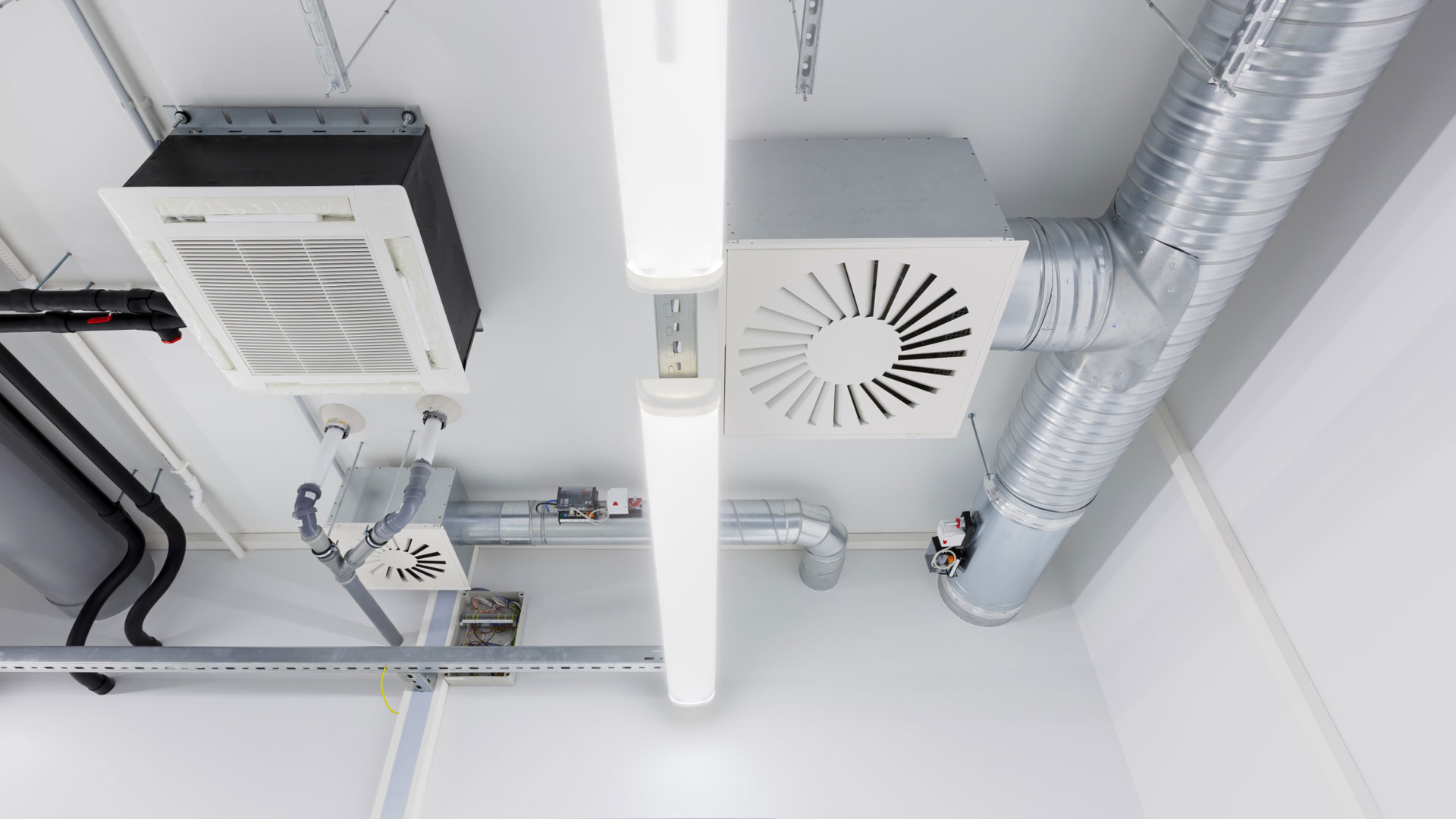HVAC stands for Heating, Ventilation, and Air-Conditioning, three closely related fundamental functions found in homes, offices, and other building structures. The HVAC system is also known as climate control. This is because these three functions are essential in maintaining comfort in every dwelling. The primary use of HVAC is to regulate room temperature, humidity, and air flow, ensuring that such elements remain within their acceptable ranges. Effective control of such factors minimizes health-related risks. A very humid atmosphere impairs the body’s ability to regulate body temperature as it prevents the evaporation of sweat. High humidity also decreases physical strength, which usually leads to fatigue. An unhealthy surrounding can also affect people’s thinking abilities. Hypothermia, heat stroke, and hyperpyrexia, among others, are some of the illnesses that may also occur.
HVAC
HVAC


Three Functions of HVAC
Heating in HVAC is for maintaining adequate room temperature, especially during colder weather conditions. There are two classifications of heating: local and central. The latter is more commonly used because it is more economical. Furnace or boiler, heat pump, and radiator make up the heating system.
Ventilation, on the other hand, is associated with air movement. There are many types of ventilation, but they all function similarly. Ventilation is necessary to allow carbon dioxide to go out and oxygen to get in, making sure that people are inhaling fresh air. Stagnant air causes the spreading of sickness, usually airborne, and allergies. But it is also essential to maintain an efficient ventilation system, especially in the attics. Insufficient ventilation usually promotes the growth of bacteria and fungi such as molds because of high humidity. It will also decrease the effectiveness of rafter and roof sheathing insulation because of water vapor condensation.
The air-conditioning system controls the heat as well as ventilation. They often come in different sizes. Most air conditioners have large air ducts, so it is better to check out the building first to see if they can be installed. Or else, you can use the split system or remote coils. It is necessary, though, that air ducts are properly cleaned. Pathogens thrive in dirty air ducts. Return-air grills are also vulnerable to chemical, microbiological, and radiological elements. Thus, HVAC return-air grill height should be that it is not accessible but visible for any observation.
